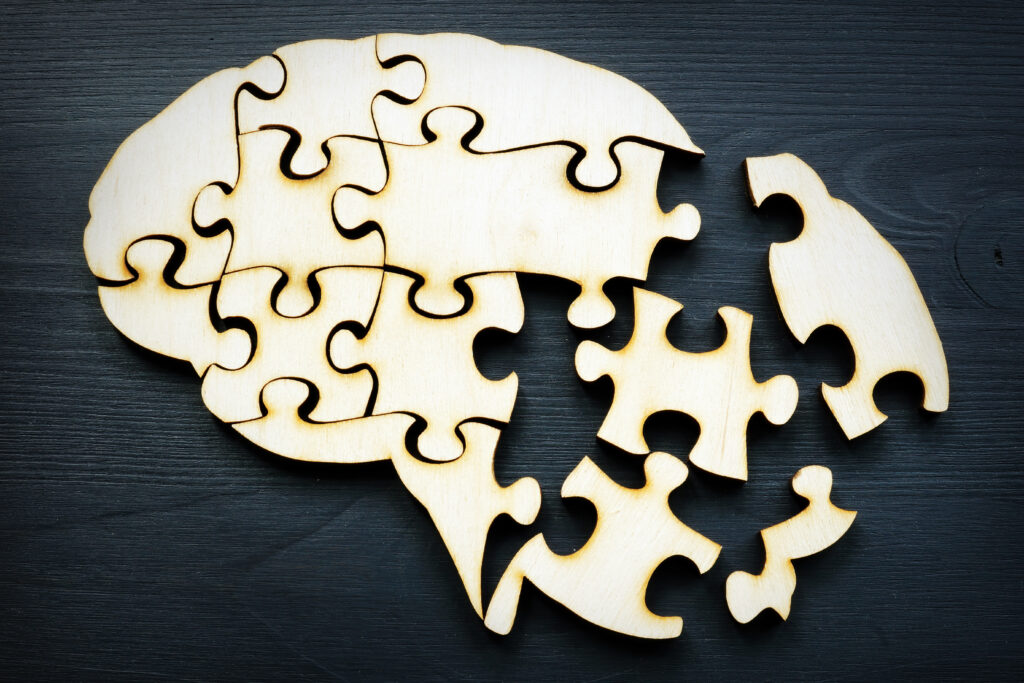For World Alzheimer’s Day on 21 September, Nagihan Ozsoy, a doctoral researcher working with Dr Mark Dallas in the Reading School of Pharmacy, explains the importance of her new research project on inflammation.

Every September, people come together from all walks of life to shine a light on Alzheimer’s disease and to break down barriers that persist around Alzheimer’s disease and all types of dementia. At the University of Reading we are doing our bit to unravel the mysteries that surround the changes that occur in individuals’ brains leading to a diagnosis of dementia.
There are 10 million new cases of dementia globally each year. This works out at one new case every 3.2 seconds. There is still no way to stop the progression of the disease, though there are some treatments to reduce symptoms.
We know that there are specific misfolded proteins implicated in the onset of dementia and scientists have been working to unpick how these proteins become misfolded in order to develop new medicine. However, this is not the whole story. I am interested in a process called inflammation, which can be a force for both good and evil. We know inflammation is important in Alzheimer’s disease, and research indicates that inflammation could be an early warning sign for the nerve cell death that characterises the disease.
In the brain, one of the cell types that control inflammation is microglia. Microglia are highly specialised brain cells that are central to maintaining a healthy brain. These cells can be thought of as guardians of the brain, providing 24/7 surveillance, looking out for intruders. Once an intruder is detected, they set out to engage with and destroy it using their cellular armoury. In healthy brains microglia keep pace with intruders, but it is thought that in disease states these cells become overrun. When this happens, microglia become part of the problem and so examining ways to reset microglia is of interest to dementia researchers.
Microglia respond to inflammation by making clusters of proteins, named inflammasomes. These inflammasomes act as control centres within microglia to mount responses that can regulate inflammation. These control centres become hyperactive in Alzheimer’s disease, so inhibiting them is seen as a valid target for new dementia drugs. However, we don’t know yet if inflammation initiates disease onset or is a result of the disease. What we do know is that microglia are key players in this process and so more research, like my PhD, is needed to understand Alzheimer’s disease from every angle and reach more precise and effective treatments.
My PhD investigates inflammasome activity in microglia, with the hope of providing new targets for drug discovery. I am interested in how the external environment controls inflammasome activity, so I am exposing microglia cells to different conditions to replicate what might occur in disease states to see how the cells respond. This gives me an indication of how and when I should intervene to afford protection, not only to microglia but the other cell types in the brain. I am excited to be at the start of research which will hopefully add another piece to the Alzheimer’s disease jigsaw for those living with dementia now and those who will live with it in the future.

